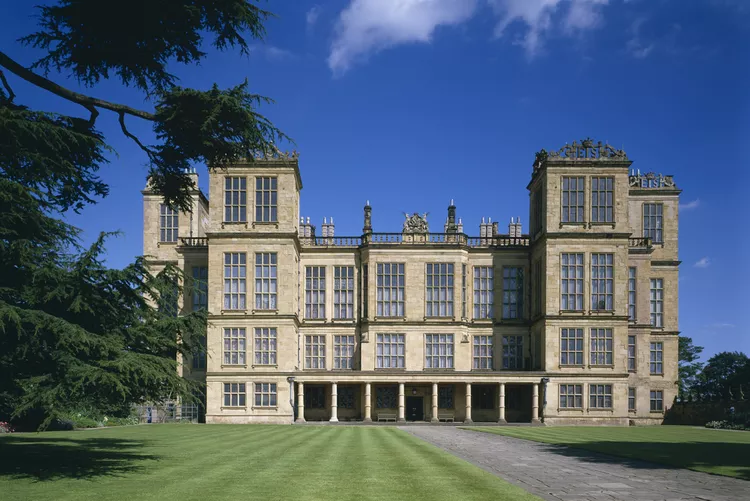Explore the Best Elizabethan Houses in England
The best Elizabethan houses are reflective of the confidence and flamboyance of their prosperous age. This article explores three remarkable examples of such houses that remain open to visitors today.
The Elizabethans displayed their prosperity through the houses they built. The era was characterized by a motto that could have been, “When you’ve got it, flaunt it.” It marked one of the high points in the history of English domestic architecture.
After the intrigues and economic hardships of the court of Henry VIII—and the short reign of Mary Tudor, known as Bloody Mary—the ascension of Queen Elizabeth I heralded a period of stability, prosperity, and growing confidence. Consequently, rich landowners began to express their newfound freedom by constructing magnificent houses that showcased their wealth and power.
The best Elizabethan houses included ample glass (an expensive feature), impressive ornamentation, and more rooms designed for comfortable living, such as brightly lit sitting rooms.
During this time, architecture was not a recognized profession. Houses were designed by surveyors and master masons, notably Robert Smythson, who was sought after for his distinctive style that defined the stately manors of the age. The three Smythson houses featured in this article are exemplary of his work.
Burton Agnes Hall

Located near Beverley on the coast of East Yorkshire, Burton Agnes Hall features Smythson’s plans that are preserved in the library of the Royal Institute of Architects (RIBA). This Elizabethan house, established on an estate since the 1100s, has remained within the same family for over 800 years.
The house, privately owned but open to the public for about six months each year, is notable for:
- Extraordinarily elaborate carving and ornamentation, especially in the Great Hall.
- One of the earliest examples of a newel post supported staircase in England.
- The Long Gallery, which was a space for exercise and gossip among the ladies of the house during inclement weather.
Visitor facilities include a beautiful walled garden and a woodland garden adorned with wildlife sculptures. Additionally, there is a lovely cafe offering reasonably priced meals, and a house and garden shop. Regular events, such as a jazz festival featuring Simon Cunliffe-Lister, the current occupant, are also held here.
Hardwick Hall

Hardwick Hall is often referenced by the saying, “more glass than wall,” encapsulating the innovative approach of Robert Smythson, who designed the house for the wealthy Bess of Hardwick, a prominent 16th century figure. The house’s expansive windows brought in light and offered views of the Derbyshire countryside, distinguishing it from earlier manor houses.
Bess of Hardwick, born into modest beginnings, outlived four husbands, gaining wealth, land, jewels, and houses through her widowhood. She was also a skilled businesswoman engaged in money lending, property dealings, and investments in various industries.
Reflecting her status, Hardwick Hall, now managed by the National Trust, is also licensed for weddings, offering a picturesque venue for such events.
Longleat House

Longleat House, one of Robert Smythson’s earliest projects, was completed around 1580 and is recognized as one of the first “inside-out” houses. Remarkably, Queen Elizabeth I was a guest at Longleat as early as 1574, even before the house was fully finished.
Today, the house is part of a Wiltshire estate that also hosts one of Britain’s most distinguished family attractions—Longleat Safari Park. Visitors can explore the house and gardens separately from the park’s attractions, making it accessible for those without children, although the wildlife shows and animals, including lions and tigers, are worth experiencing.
Longleat is celebrated for its stunning ceilings, many of which were added after the Elizabethan period, along with murals created by the current Lord Bath. The Great Hall represents the most authentically early part of the house, featuring a traditionally ornate, deeply carved Elizabethan chimneypiece.
Visitors should also keep an eye out for a particularly grisly souvenir from the early 17th century—a bloody under vest worn by King Charles I during his execution.





